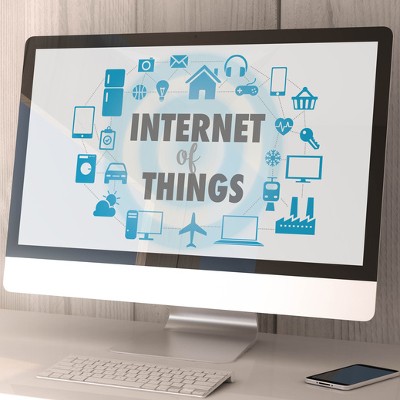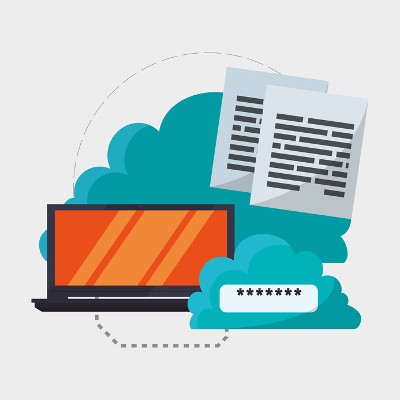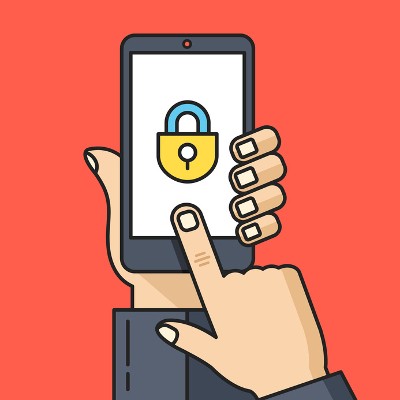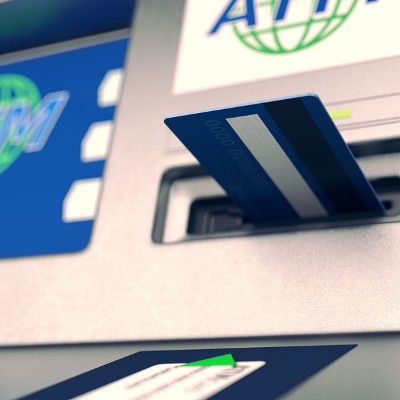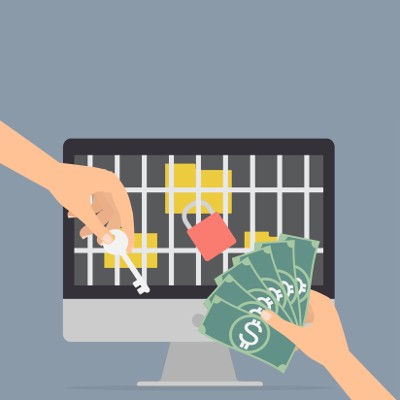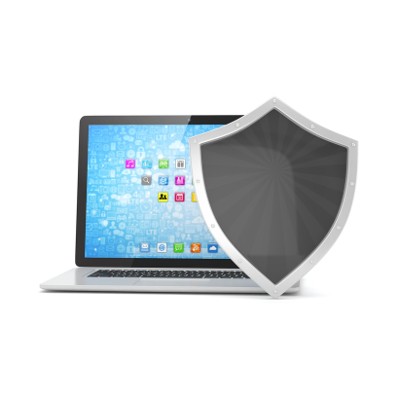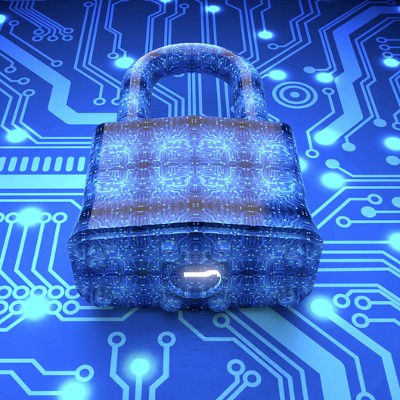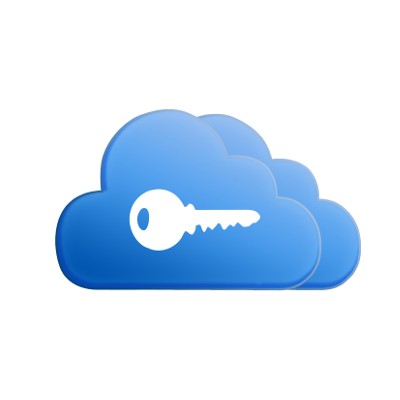Ferrum Technology Services Blog
As we hear news about large-scale hacks and data breaches, there’s a temptation to picture attacks like those in television shows and films like Mr. Robot, Live Free or Die Hard and other works of fiction. These attacks are often carried out by criminal geniuses or nefarious nation-states, utilizing of a crippling zero-day vulnerability or superbug to bring society to its knees.
The Internet of Things is well under way, and it’s all around you. Just take a look around your office and take note of any connected gadgetry that you see. All kinds of connected devices are entering the market, many of which you might never consider connecting to the Internet. However, it’s your responsibility to take these devices into consideration, especially if you want to keep your business--and its users--safe.
Your business relies on swift, unfettered access to sensitive documents on many different mobile devices. The only problem with this is that security eventually becomes a problem, especially where multiple devices are concerned. You need to ask yourself if your file-sharing service is secure enough to protect important files.
Botnets are a growing concern for businesses all over the world. Between massive DDoS attacks that can knock out servers, and hordes of remote-controlled zombie computers that are subject to a controllers’ whims, businesses have a lot to worry about. Has your business fallen victim to a botnet in the past, and what can you do to keep it safe in the future?
When it comes to your most-used solution, is the mobile application a more secure choice in terms of user privacy, or does the website offer superior protection against leaked information? Researchers from Northeastern University sought to answer this question in a recent study comparing the app versions of programs against their web-based counterpart on Android and iOS devices.
Believe it or not, there’s more news in Washington D.C. than matters concerning the upcoming election--namely the fact that the Library of Congress was struck by a DoS (Denial of Service) attack in July, supporting the members of government in their calls for an apparently much-needed update to the Library’s systems.
For the busy business owner, getting work done while traveling is a way of life. Unfortunately, working on the go can be a disaster if you don’t properly prep your technology. Here are seven guidelines to make sure your technology is ready for your big trip.
Be sure to add these suggestions to your pre-trip checklist.
You might recall getting a notice from your bank that you’ve been issued a new debit and credit card, one with a chip built into it for enhanced security. There are ATMs out there created specifically for use with these chips, but the same technology created to protect user credentials is now being used to steal them for fraudulent withdrawals.
Microsoft’s latest round of security patches includes 27 software vulnerabilities, many of which are critical in nature. Affected are widely-used titles such as Windows, Microsoft Office, Internet Explorer, and the new Edge browser. It’s important for users to take action and install the Microsoft-provided patches, and soon.
First hackers created a formidable ransomware. Then, when word got out about how to avoid this ransomware, they began to bundle a second ransomware to create an encryption catch-22. Now, the developers of the Petya and Mischa ransomware have adopted a Ransomware-as-a-Service model and have opened their nefarious malware up to distribution.
The Internet is a great tool to use for business, but it’s also full of threats that could undermine your security if you’re careless. The main issue with cyber security is that it’s extraordinarily difficult to cover all of your bases, especially if you’re not tech-savvy. We’ll go over, in detail, some of the many security best practices that you can implement to keep your sensitive information and account credentials safe from hackers.
While it’s not particularly common for hackers to attack physical infrastructure, the few that have occurred have been known to be quite catastrophic. For example, the Ukrainian power infrastructure was taken out by hackers just last year, leaving hundreds of thousands of citizens without power for several hours. In fact, now western countries are believed to be threatened by similar attacks.
When it comes to cloud computing, there may still be business owners who are hesitant to take advantage of it. This may be due to major security breaches reported in the news, or just that the idea of hosting their sensitive data off-site doesn't sit right. However, cloud computing security has come a long way over recent years; consider these three ways that the cloud enhances IT security.
Unfortunately, stories of major data breaches are the norm in today’s news cycle. However, what often gets left out of the story is how the hacker profits from the stolen data. In the case of a recent major hack in Russia of more than one billion credentials, what the hacker did with all of this data has us scratching our heads.
 Ransomware is so common in the world of online threats that even the FBI has labeled it a massive threat to businesses of all kinds. Unlike other types of malware, ransomware has a unique return on investment that’s measurable and highly lucrative for hackers. A new variant of ransomware called Maktub Locker lures victims into a false sense of security by tailoring phishing emails to match their street address.
Ransomware is so common in the world of online threats that even the FBI has labeled it a massive threat to businesses of all kinds. Unlike other types of malware, ransomware has a unique return on investment that’s measurable and highly lucrative for hackers. A new variant of ransomware called Maktub Locker lures victims into a false sense of security by tailoring phishing emails to match their street address.
 As time goes on, the password has proven time and again that it’s not going to be enough to keep hackers out of online accounts and other sensitive parts of your IT infrastructure. One of the most valuable responses to this development was two-factor authentication, which is part of a more complex overarching trend that involves much more than simple two-factor authentication.
As time goes on, the password has proven time and again that it’s not going to be enough to keep hackers out of online accounts and other sensitive parts of your IT infrastructure. One of the most valuable responses to this development was two-factor authentication, which is part of a more complex overarching trend that involves much more than simple two-factor authentication.
 Drones are great devices for entertainment. Whether they’re flying in races or recording breathtaking videos or photos from a bird’s-eye view, drones can help you feel like you’re on top of the world. Unfortunately, just like all types of technology, drones can be abused. Violations of drone legislation have led authorities to ask a difficult question: how can you get an illegal drone out of the sky, without risking those who are passing by below?
Drones are great devices for entertainment. Whether they’re flying in races or recording breathtaking videos or photos from a bird’s-eye view, drones can help you feel like you’re on top of the world. Unfortunately, just like all types of technology, drones can be abused. Violations of drone legislation have led authorities to ask a difficult question: how can you get an illegal drone out of the sky, without risking those who are passing by below?



